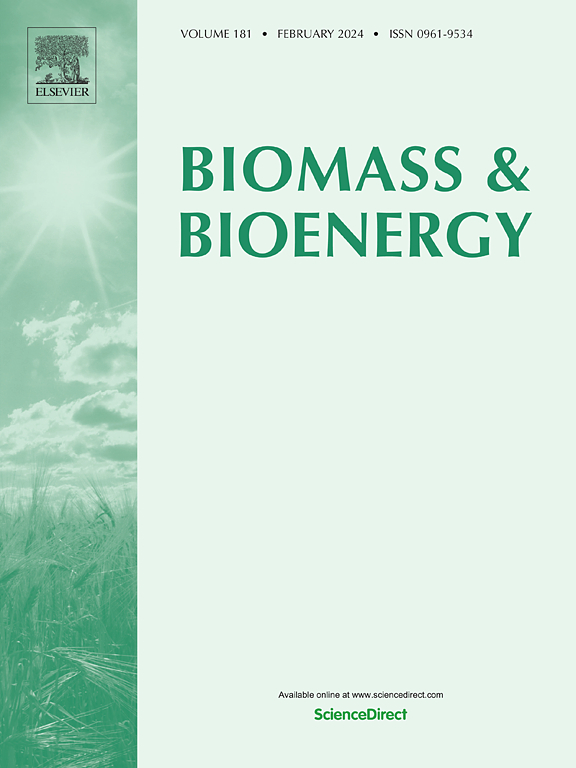Catalytic synthesis of lactic acid from cellulose over easily-prepared niobium-doped titania by solution combustion synthesis
IF 5.8
2区 生物学
Q1 AGRICULTURAL ENGINEERING
引用次数: 0
Abstract
Catalytic activity of doped (5, 10, 15, 20, 25% Nb) and undoped TiO2, in the conversion of cellulose into lactic acid, was assessed in autoclave conditions. The catalysts were synthesized by solution combustion synthesis and characterized by several techniques such as: XPS, SEM-EDX, Py-FTIR, NH3-TPD, Raman, N2 adsorption/desorption isotherms and XRD. The insertion of niobium into titania structure did not lead to any phase segregation of the two oxides (TiO2 and Nb2O5) and didn't even generate Brønsted acid sites on the surface of titania, not even for niobium loading of 25 wt%, leading instead to an increase in Lewis acidity highlighted by an increase in lactic acid yield from 6 to 14 % (over 25%Nb-TiO2) for a small catalyst-to-cellulose mass ratio of 1:10. On the other hand, for high catalyst-to-cellulose mass ratio up to 2:1, the lactic acid yield was 29.8%. Moreover, due to high water tolerance, the 25%Nb-TiO2 catalyst could be recycled three times to convert cellulose without significantly losing its catalytic activity.

求助全文
约1分钟内获得全文
求助全文
来源期刊

Biomass & Bioenergy
工程技术-能源与燃料
CiteScore
11.50
自引率
3.30%
发文量
258
审稿时长
60 days
期刊介绍:
Biomass & Bioenergy is an international journal publishing original research papers and short communications, review articles and case studies on biological resources, chemical and biological processes, and biomass products for new renewable sources of energy and materials.
The scope of the journal extends to the environmental, management and economic aspects of biomass and bioenergy.
Key areas covered by the journal:
• Biomass: sources, energy crop production processes, genetic improvements, composition. Please note that research on these biomass subjects must be linked directly to bioenergy generation.
• Biological Residues: residues/rests from agricultural production, forestry and plantations (palm, sugar etc), processing industries, and municipal sources (MSW). Papers on the use of biomass residues through innovative processes/technological novelty and/or consideration of feedstock/system sustainability (or unsustainability) are welcomed. However waste treatment processes and pollution control or mitigation which are only tangentially related to bioenergy are not in the scope of the journal, as they are more suited to publications in the environmental arena. Papers that describe conventional waste streams (ie well described in existing literature) that do not empirically address ''new'' added value from the process are not suitable for submission to the journal.
• Bioenergy Processes: fermentations, thermochemical conversions, liquid and gaseous fuels, and petrochemical substitutes
• Bioenergy Utilization: direct combustion, gasification, electricity production, chemical processes, and by-product remediation
• Biomass and the Environment: carbon cycle, the net energy efficiency of bioenergy systems, assessment of sustainability, and biodiversity issues.
 求助内容:
求助内容: 应助结果提醒方式:
应助结果提醒方式:


